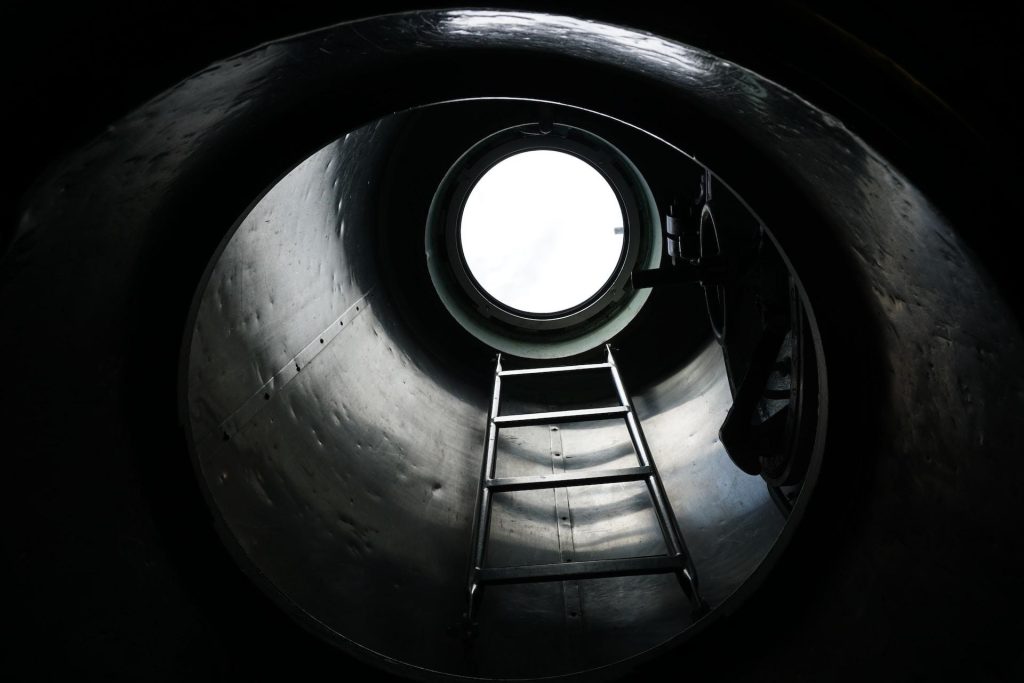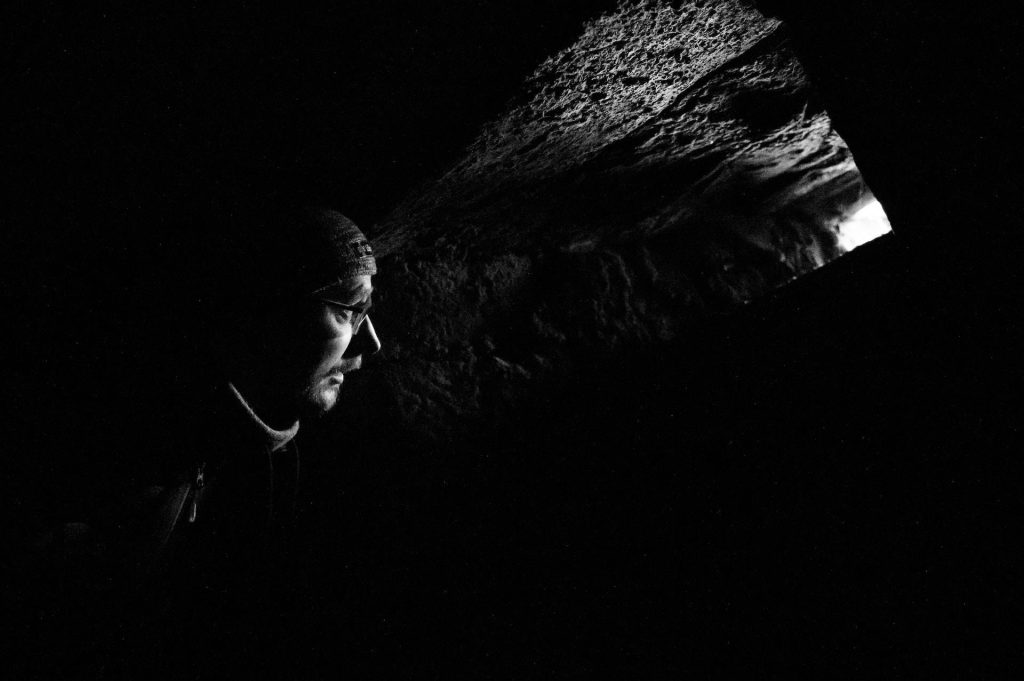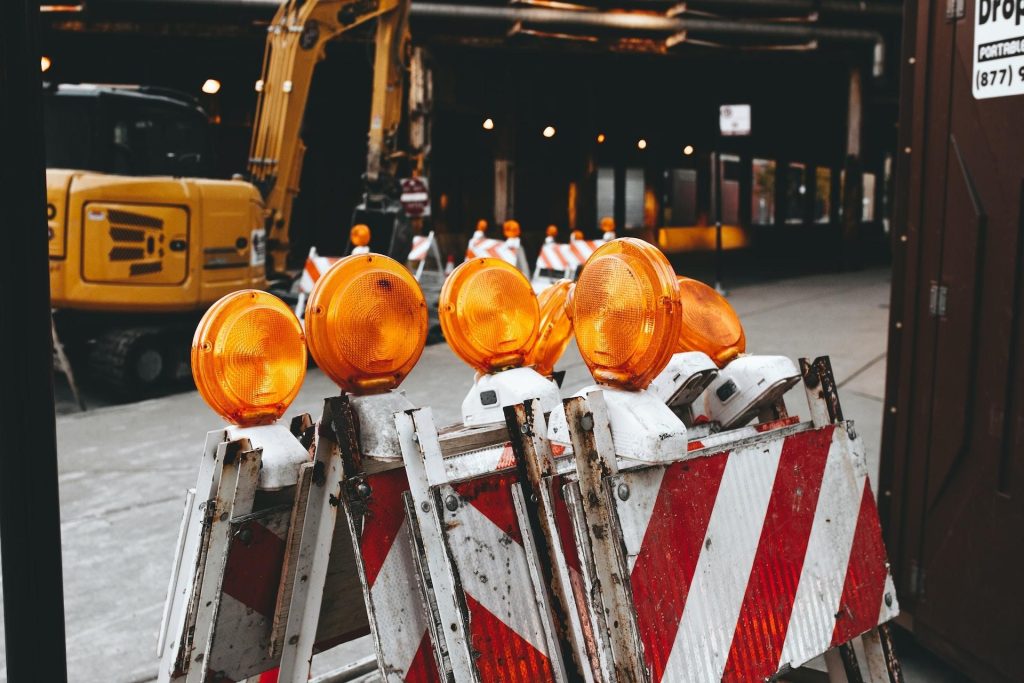Get A Free Quote
1300 007 782
Call Us On:
1300 007 782G10/RMS Accredited
Competitive Rates
ZERO Accidents or Injuries
25+ years combined experience
50+ years combined experience
Competitive Rates
G10/RMS Accredited
ISO Certified

All work sites will have their fair share of potential hazards and risks. These will vary from site to site and industry to industry. Industrial operations can be even more prone to hazards, risks and accidents. Handling chemicals, working at heights, operating machinery and working in confined spaces, to name a few. It all comes with potential dangers attached. No matter how well an enterprise adopts and adheres to workplace health and safety regulations, sometimes things can still go wrong.
We’ll explore confined spaces in-depth, and uncover what a confined space is and the potential risks associated with working in confined spaces on industrial sites. The main focus will be on the confined space rescue team, what makes this emergency response team so effective and what exactly they do.
Having a first response service on-site and ready to spring into action can save lives and minimise damage, no matter what the hazard is. Confined spaces can present their unique issues and dangers. Read on to learn more about the importance of a confined space rescue team.
A confined space, as defined by Safe Work Australia, “is an enclosed or partially enclosed space that is not designed or intended to be occupied by a person”. Further, the definition of a confined space is that the space has restricted or limited access and exit points, and may contain a potentially harmful atmosphere. Some contributors to a hazardous atmosphere include carbon monoxide, other poisonous gases, a lack of oxygen, contaminants such as dust and other atmospheric hazards.
The type of confined spaces encountered on an industrial site will vary, depending on the nature of the operation and the work that needs to be carried out. Here are some common examples of confined spaces:
Industrial sites can be prone to numerous hazards and dangers, including fire, flooding, chemical spills, explosions, workplace accidents and so forth. Having an emergency response team on standby that has been trained to deal with a specific type of emergency can make all the difference when it comes to saving lives and minimising damage.
Performing a rescue in confined spaces takes a specialist team that has been trained for this very scenario. A confined space rescue team is more than just a first response service. If there is a gas leak in a confined space or an incident that causes workers to be trapped within that space. The confined space rescue team launches into action, following their training to swiftly and safely resolve the situation ASAP.
It is a dedicated team that is on-site and ready to deal with an emergency, as well as managing and monitoring the atmosphere and safety of confined spaces.
For a confined space rescue team to be truly effective, every team member needs to be specifically trained for confined space rescue and other associated procedures. Responding to emergencies, in general, is one thing, but for a first response service to be quick and effective in a confined space incident, every team member needs to know exactly when and what to do without hesitation.
One of the most crucial elements of any rescue and something that’s even more vital for confined space rescues, is speed. Having the ability to respond quickly and without error will undoubtedly save lives. A rapid response will also help to ensure that something even more catastrophic doesn’t occur, such as an explosion due to a gas leak in a confined space.
Cultivating the ability to respond rapidly without making mistakes is the result of training, experience, and regular drills that target specific rescue scenarios in a variety of confined space environments. These teams are drilled during training and continue to practise and improve their rescue techniques on an ongoing basis. Emergency response team experience and training result in a speedy and efficient rescue operation in a real-life situation.
Of course, for a confined space rescue team to be ultimately effective, the team must be kitted out with the right equipment. For example, if there has been a leak of noxious gases, the team will need gas masks and gas testing equipment for gas detection and monitoring. Four gas and five gas monitors can monitor and detect more than 100 VOC gases. Other crucial equipment the team uses includes full arrest, breathing equipment, tripods, harnesses, first aid kits, and radios for communication and lighting.

Understandably, confined spaces can have their unique challenges and dangers, most notably the air quality. Therefore, one of the most common rescue scenarios involving a combined space is a gas leak or a build-up of noxious gases.
Whether there is a poisonous gas emergency, an accident within a combined space, someone becoming trapped inside or any other emergency, the confined space rescue team will deploy to neutralise the danger and perform rescue operations.
If there is an imminent threat of a potential explosion, the team will also be responsible for alerting everyone in the vicinity of the confined space to the danger and evacuating the area immediately.
In some instances, a “no-entry rescue” might be the only viable solution. If there is insufficient room for a rescuer to enter the confined space, the incapacitated or endangered worker will need to be extricated without anyone else entering the space.
While a confined space rescue team is highly trained to respond to emergencies, that’s not all they do. As most confined spaces have not been specifically designed for people to operate in, before a worker can enter a confined space, the atmosphere must be checked and tested by trained professionals. It’s all part of confined space management.
Standby officers on industrial sites will check the atmosphere of a confined space before clearing a worker to enter, they will monitor the air quality while the worker is inside and maintain constant communication. Gases like carbon monoxide can be very difficult to detect without monitoring equipment. The standby officer will monitor carbon monoxide levels and other possible gases throughout.
Other key responsibilities of the team include tailoring emergency response plans, performing site risk assessments and preparing site-specific Safe Work Statements. Emergency procedures are not only put in place to reduce the risk of damage, injury or an emergency arising. These procedures are also regularly tested and refined. Information and relevant training are also offered to employees who will be tasked with working in confined spaces.
In summary, the 5 key elements of confined space management that the team at SSTC provides are:

SSTC is the team you can count on for quality security services, industrial services and emergency response services. Every industrial site should have a qualified first response service on-site, and this includes a highly-trained confined space rescue team. If your enterprise involves workers entering confined spaces, get in touch with SSTC today and discover how we can help you. Our professional services not only save lives but also help to create a safe and incident-free work environment.